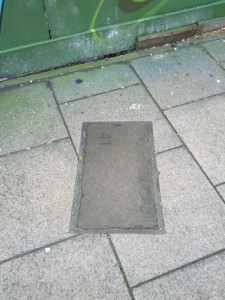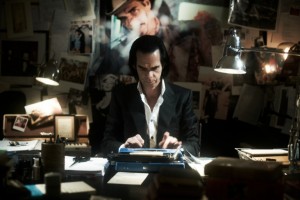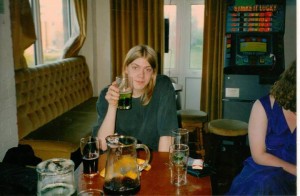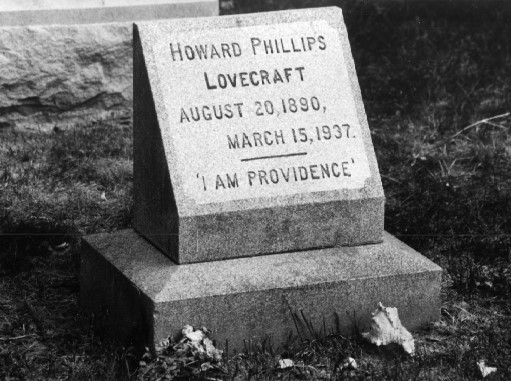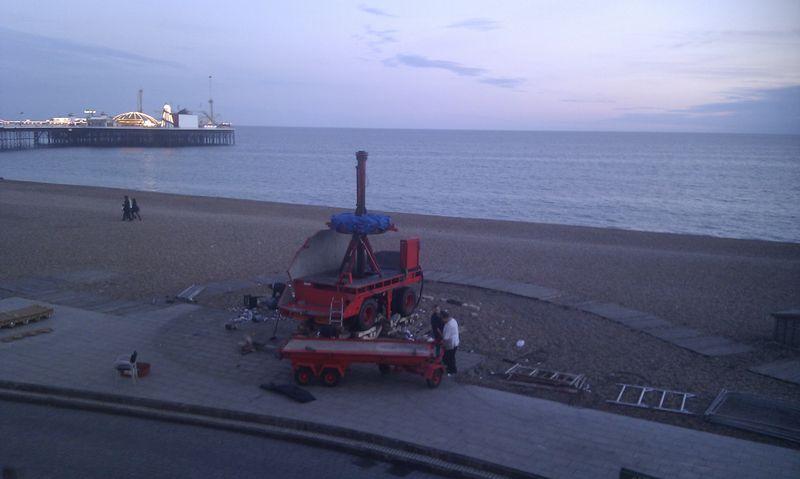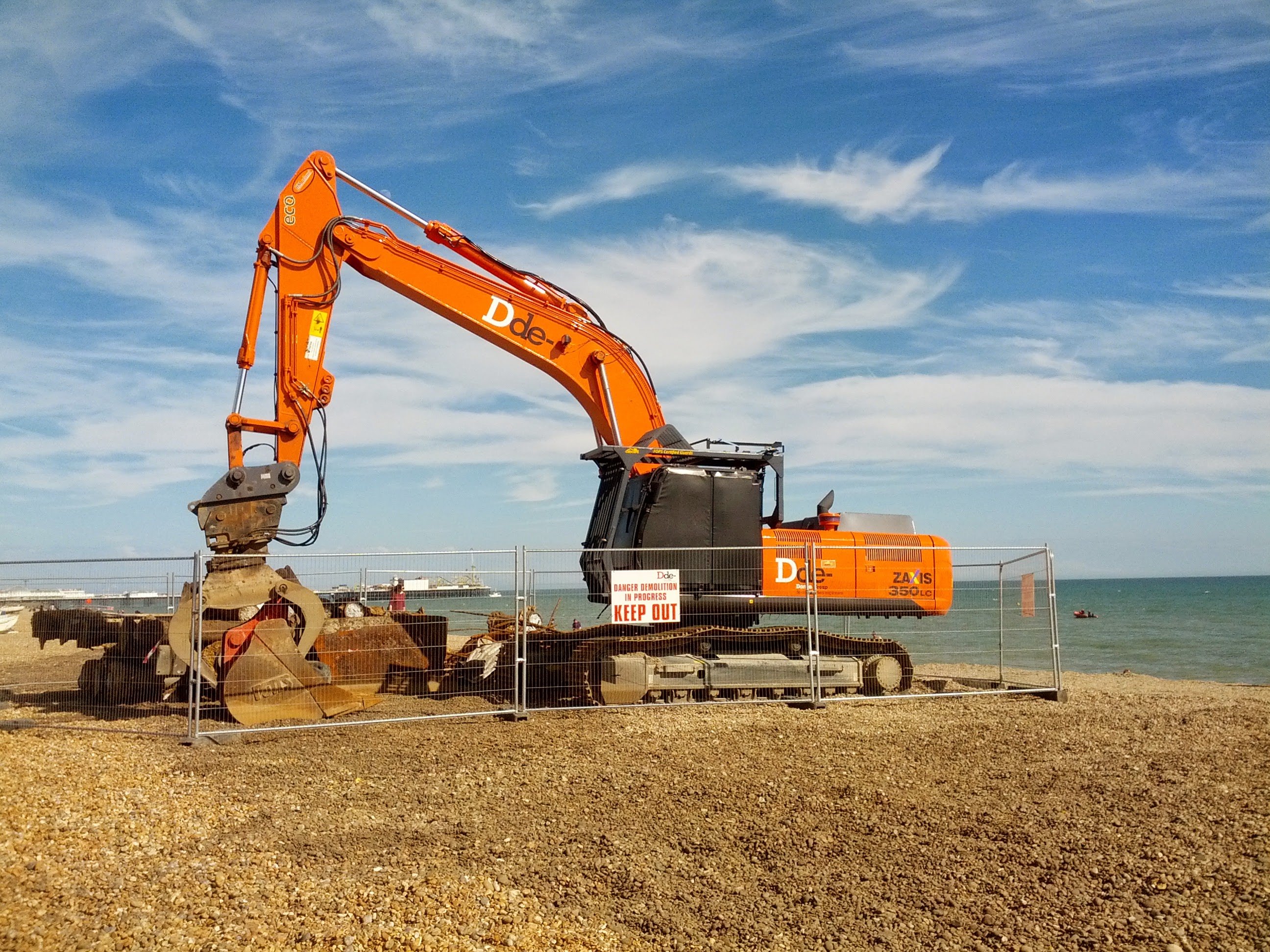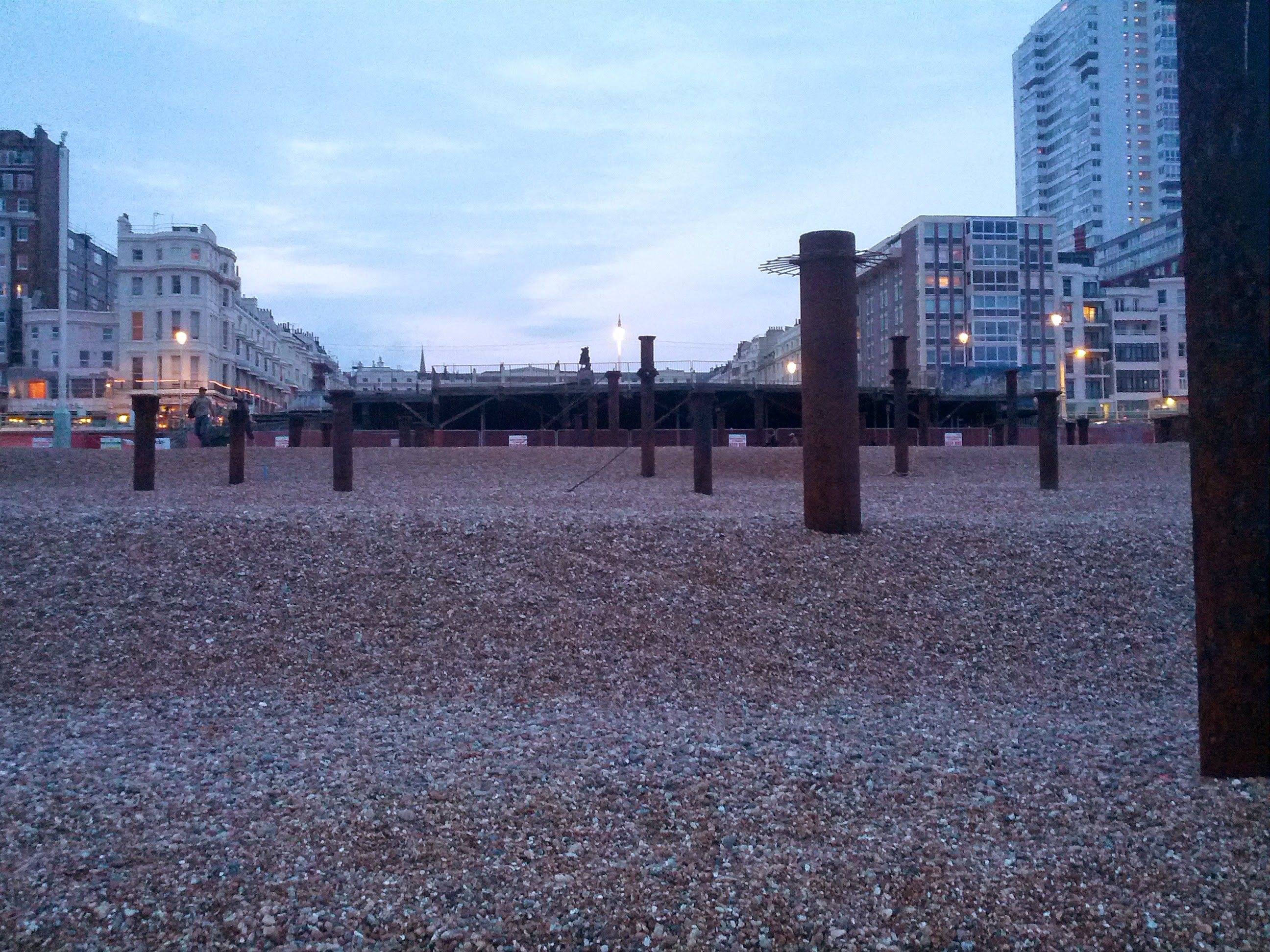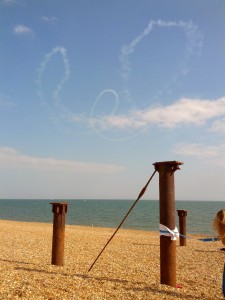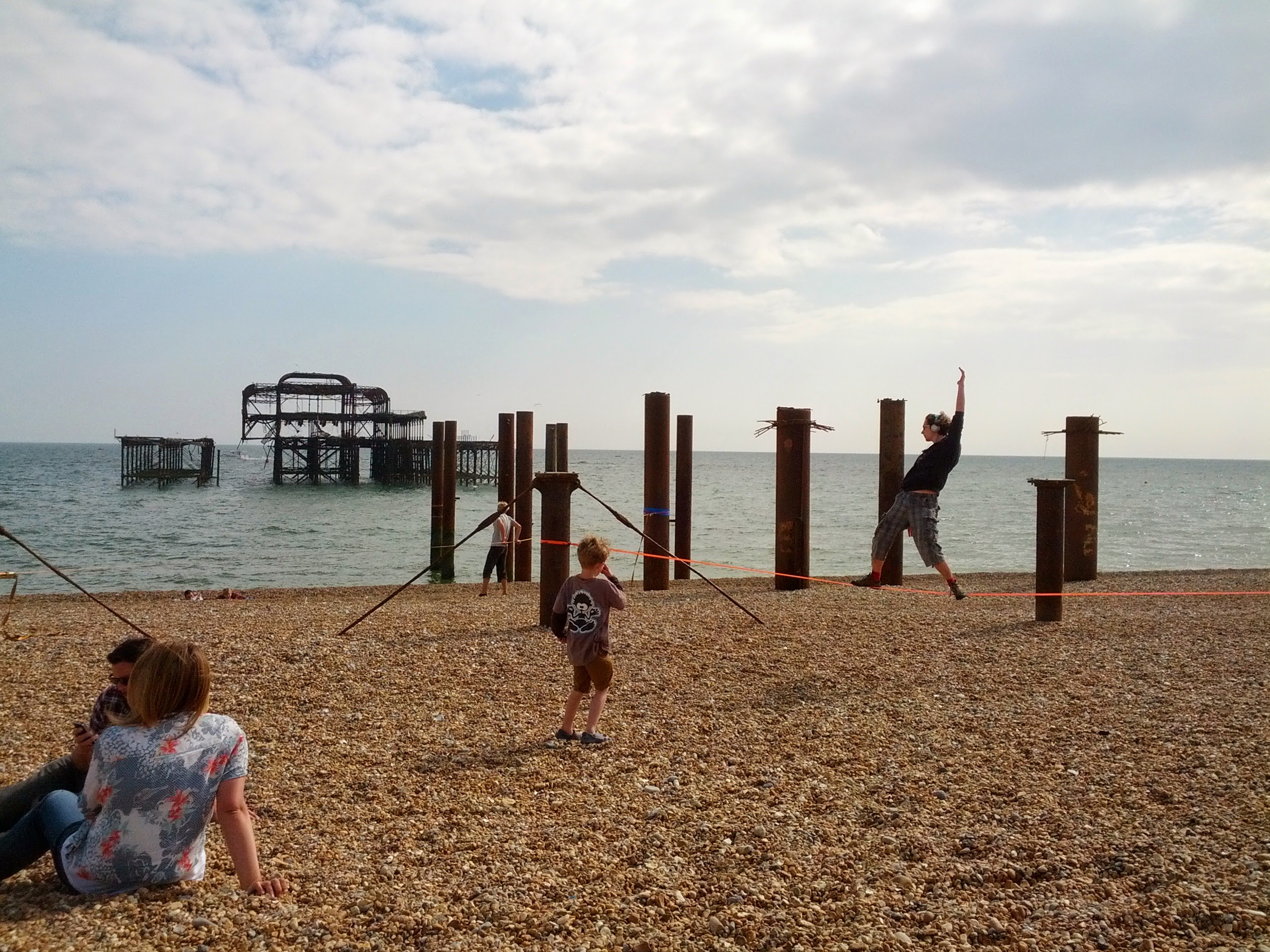Towards the end of last year, I noticed a couple of numbered stones in the pavement around the New England area. I was curious – there had to be a reason why they were there – but I couldn’t work out what they were for.
During a conversation with Jake Spicer, I found out that the stones were part of a circle laid out around by The Brighton School. This circle was their first work and featured stones laid in pavements, on the Level and in private gardens. Apparently this is the “first urban stone circle in England, and probably the world”. (A good description of the work is here). I love this project – it’s playful and connects to some fascinating English traditions.
Last night I was reading Britannia Obscura by Joanne Parker, a book on ‘mapping Britain’s hidden landscapes’. The third chapter of this was about megaliths and includes an interview with Philip Carr-Gomm, who heads the Order of Bards, Ovates and Druids.
Carr-Gomm explains how the stone circles are part of a magical landscape that includes some very modern features: “We don’t worry about time… Whether a monument or a hundred years ago or a thousand, what matters is that it’s important to me today. There’s a reality between linear time.” The druids even worship at some ‘fake’ stone circles made in the nineteenth century – so the London Road certainly has the potential for power.
Parker also refers to the tradition that some stone circles could not be counted. She suggests that this is because it is sometimes hard to tell which rocks should be included, but also refers to folklore – a baker who tried to count the Rollright Stones by putting a loaf on each one, only to find they were disappearing. Given that some of London Road’s stones are on private property, they are equally hard to count.
The chapter concludes by questioning what gives stone circles their power. It can’t simple be their scale or the work involved, says Parker, as there are many larger man-made objects. After considering some sort of healing effect, Parker concludes that they put us in touch with a deeper sense of time: “maybe, just maybe, something of what we are and do might endure beyond our scores of years”.
